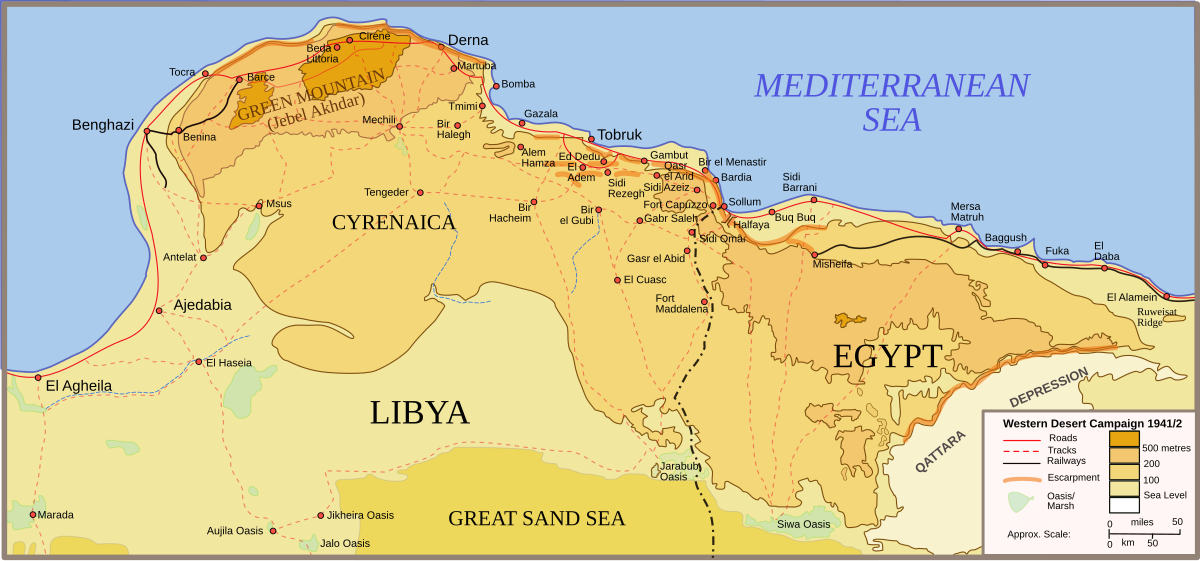Admiral Beez
Major
After some early strong successes against the Italians, the British had an abysmal time in North Africa until 1942. Churchill finally asked his Chief of Staff, can't any of your generals win battles? Had the British army had greater success in 1940-41 they may have freed up units for the SEA campaign.

